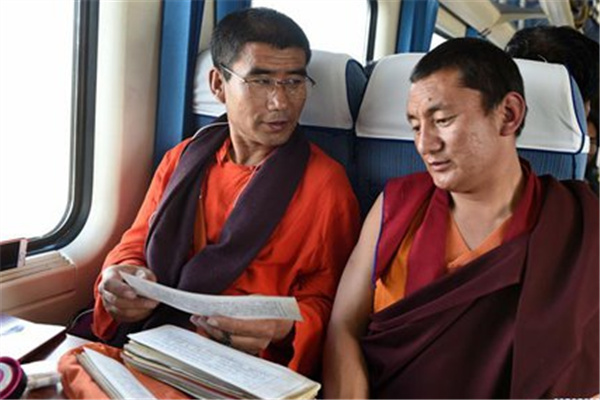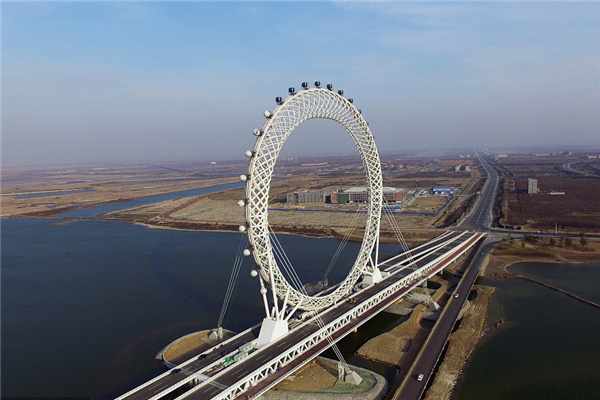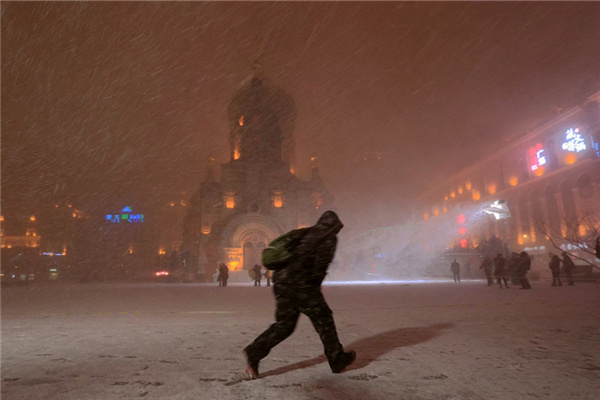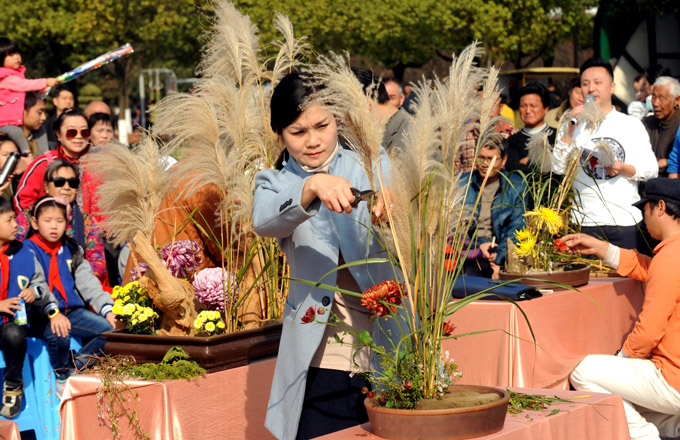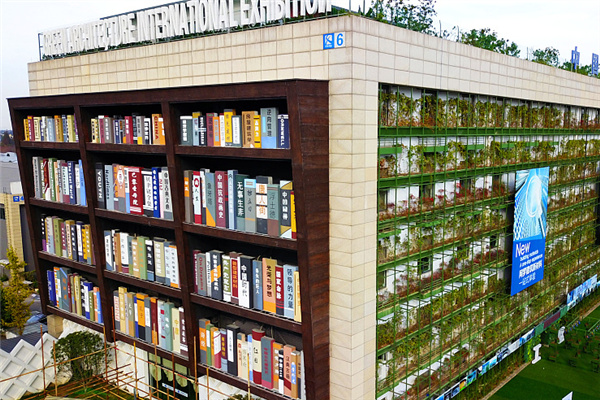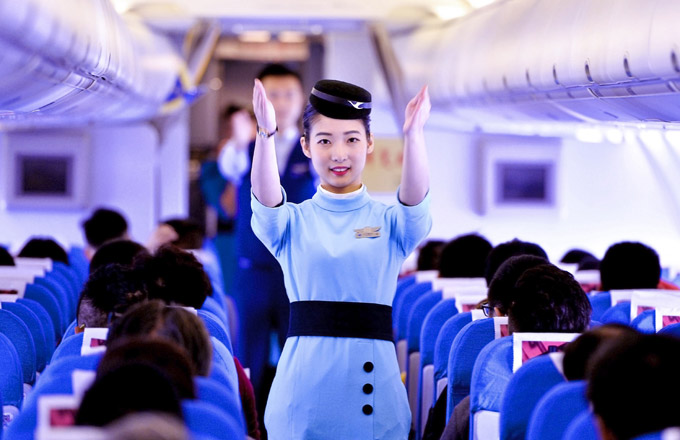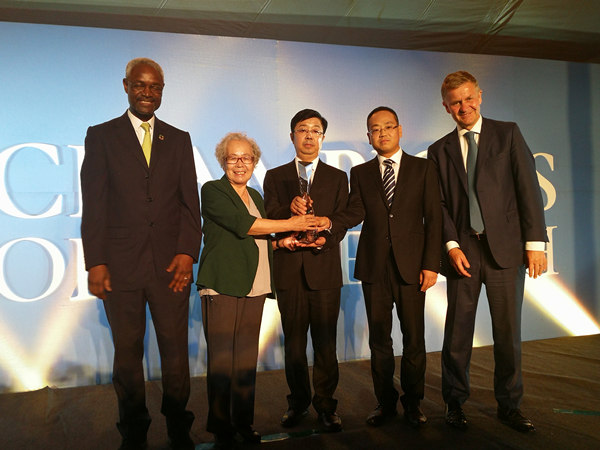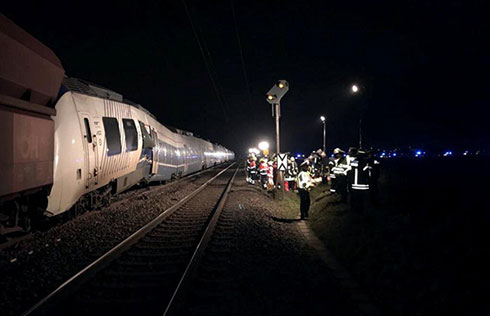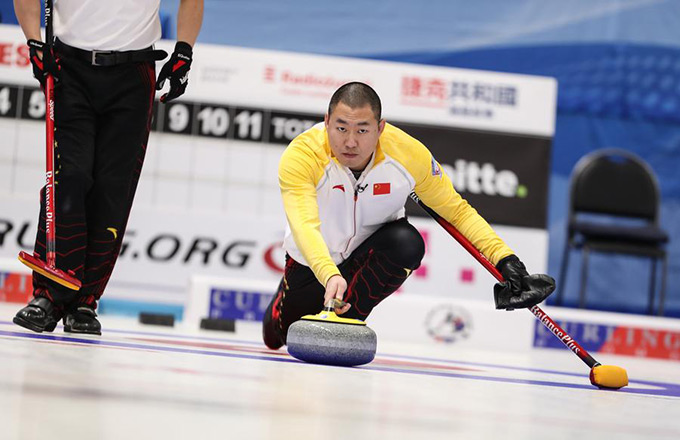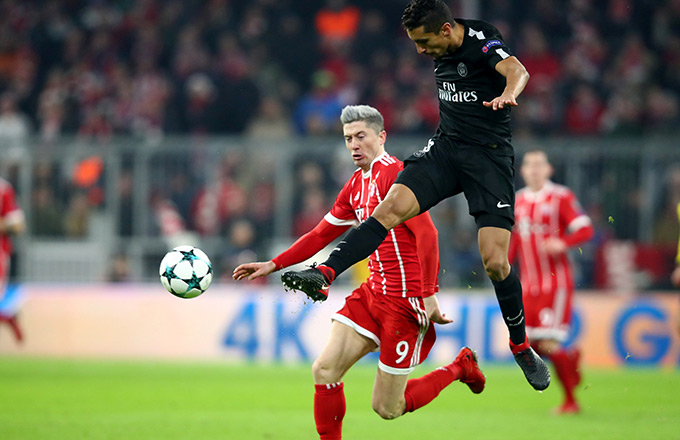

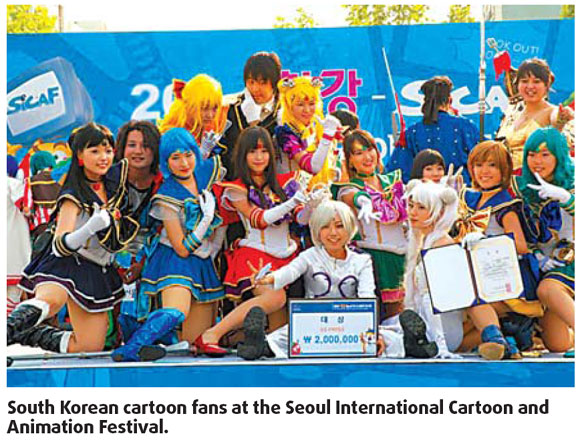
When talking about South Korean's cultural exports, most Chinese are probably impressed by the popular TV soap opera, Dae Jang Geum, also known as Jewel In The Palace. The 2003 series based loosely on the first female royal physician of Korea's Chosun Dynasty (1392-1910) was immensely popular with Chinese TV viewers, particularly women.
But it is not just the soap opera. South Korean online games, cartoons and even stage comedies are poised to enter China.
NCsoft Corporation, a online game developer and publisher in South Korea, says it will launch its highly anticipated 3D game Aion to China through Shanghai-based Shanda Interactive Entertainment Limited, an interactive entertainment media company in China.
Shanda has obtained an exclusive license to operate Aion in the mainland market. It is reported the South Korean firm has sold the title for several hundred million yuan, the highest trade value in South Korea's computer game sector.
Aion, which is the result of three years of work by more than 100 online game developers, is one of the most anticipated games in China and has been recognized by gamers as the next generation in online games, says Lee Jae-Sung, NCsoft's corporate relations director.
"We are confident about the game's prospects in the China market, given its cutting-edge content and the strength of Shanda's operating platform. In addition, through our strategic partnership with Shanda, we look forward to introducing more high-quality titles to China in the future," Lee says.
Late last year, NCsoft and Shanda announced an alliance in which Shanda became a strategic investor in NCsoft's Chinese subsidiary, NCsoft China, to enhance their collaboration in the market.
South Korea, as Asia's second largest provider of cartoon and animation products, is also eyeing the vast Chinese market.
With animation exports of $1 million a year before 2006, South Korea however has seen no more new trade to China in the last two years. China's restriction on imported titles is the major reason, says Kim Seok-Ki, chairman of the organizing committee of Seoul International Cartoon and Animation Festival.
Even so, Kim keeps a close look at China's policy and the industry development. "We took part in this year's China International Cartoon and Animation Festival, held in Hangzhou in April. We signed the MOU that both sides will attend each other's event every year. We also collect policy and industry information through the Shanghai office of KOCCA (Korea Culture & Content Agency)," Kim says.
At this year's Seoul International Cartoon and Animation Festival in May, some Chinese firms brought their scripts to the event.
Zou Muting, president of Shenyang-based Doctor Rabbit Cartoon and Animation Co Ltd, says he has brought a new script, called Old Kid, to the event, after the successful Sino-South Korean collaboration on his last project Doctor Rabbit.
Zou wrote the script, and the South Korean firms designed the cartoon figures and completed the drawings. "With the collaboration, both sides share the copyright, and the Chinese government recognize the title as a domestic-originality, and has set no obstacle to publishing in China," he says.
While the Chinese industry values animation products more than comic books, in South Korea, people realize the importance of cartoons and comics as the basis for animation, Zou says.
In the meantime, he says the creativity and drawing capability in South Korea is still far ahead its Chinese counterparts. Zou cites an example of a scene where a dog runs to a wall. "Koreans will make it a vivid scene with a dog running through a wall and making all the bricks collapse, while Chinese cartoonists and animators normally make the dog stop at the wall and look for a hole to go through."
High tech is widely attached in the animation industry in South Korea which makes their work much more productive than Chinese teams. Zou says a company of 18 people in Korea can produce 100-minutes of animation, which is about 10 times higher than a Chinese team.
American animation shows also outsource much of their work to South Korea, most notably The Simpsons.
The South Korean stage martial arts comedy, Jump which debuted in South Korea in 2002, also established a long-running presence at the off-Broadway Union Square Theater in New York beginning last September. It has also enjoyed success in London, Madrid, Hong Kong, Jerusalem and Scotland.
The Jump company is investigating Beijing and Shanghai markets, and will most probably play in theaters in the two cities by the end of the year, says Koo Min-Ho, director of global business marketing of Jump.
The 90-minute comedy promises audiences "the kind of action you'd see in Jackie Chan and Matrix movies", only live on stage, without the use of wires and special effects. It is shown in Seoul 14 times a week, with an attendance rate of over 85 percent.
Jump tells a story of an idiosyncratic Korean family under the rule of a strict grandfather who insists on keeping up the physical fitness of all family members through vigorous martial arts training. They also battle a pair of burglars who have broken into their house
"South Korea aims to bring itself the world's fifth largest country in culture industry, and the neighboring China, which shares the similar Confucian culture, is the most important market for us," says Kim Joon-Han, executive vice-president of Korea Culture & Content Agency.
He notes that the collaboration between the two countries is crucial for the development. "The two countries are complement to each other: China has a profound cultural heritage and South Korea has advanced IT skills," he says.
At the moment, South Korea's cultural industry ranks ninth in the world, following US, Japan, UK, China, Germany, France, Italy and Canada, according to figures from KOCCA.
(China Daily 06/09/2008 page7)

